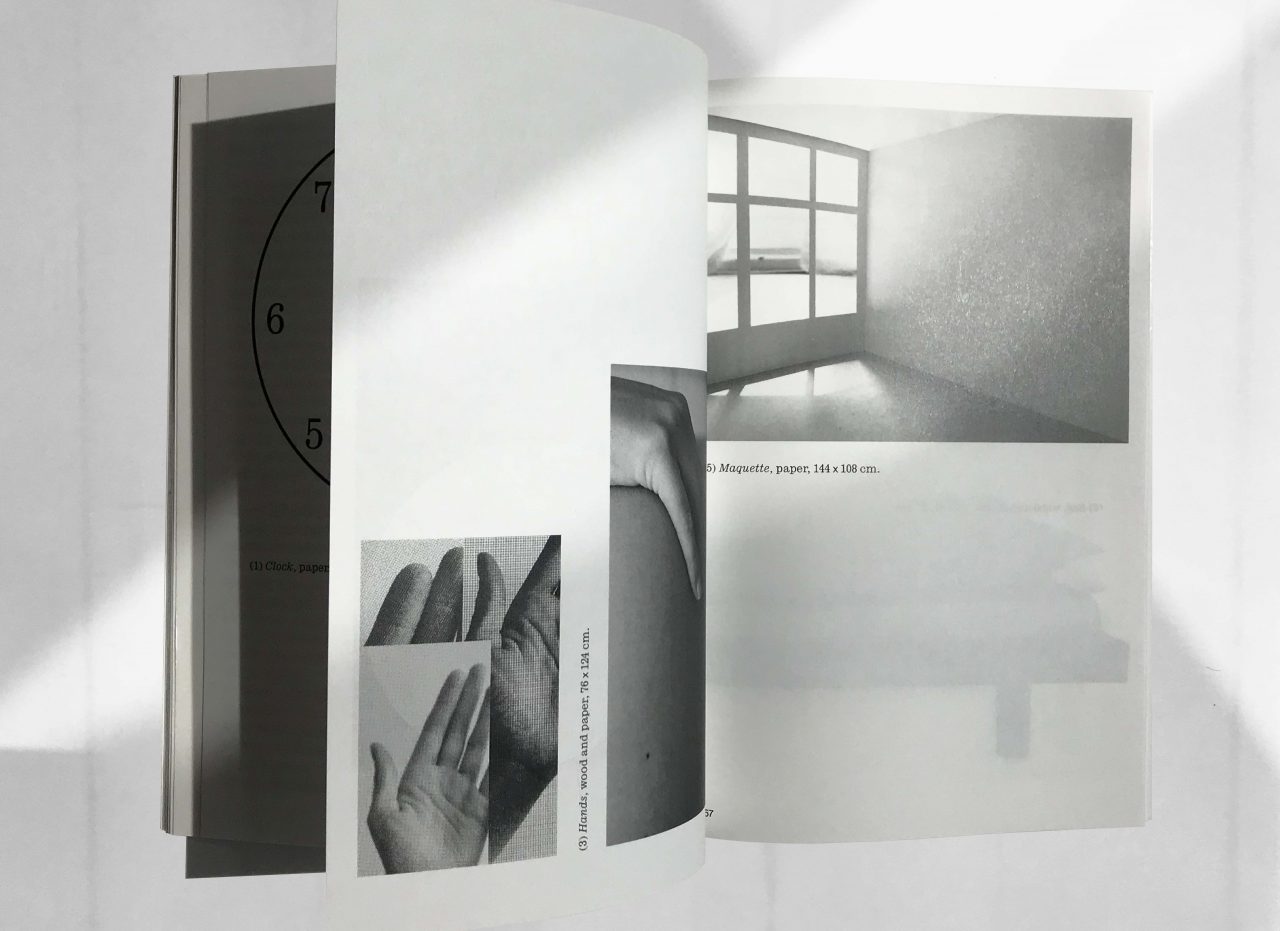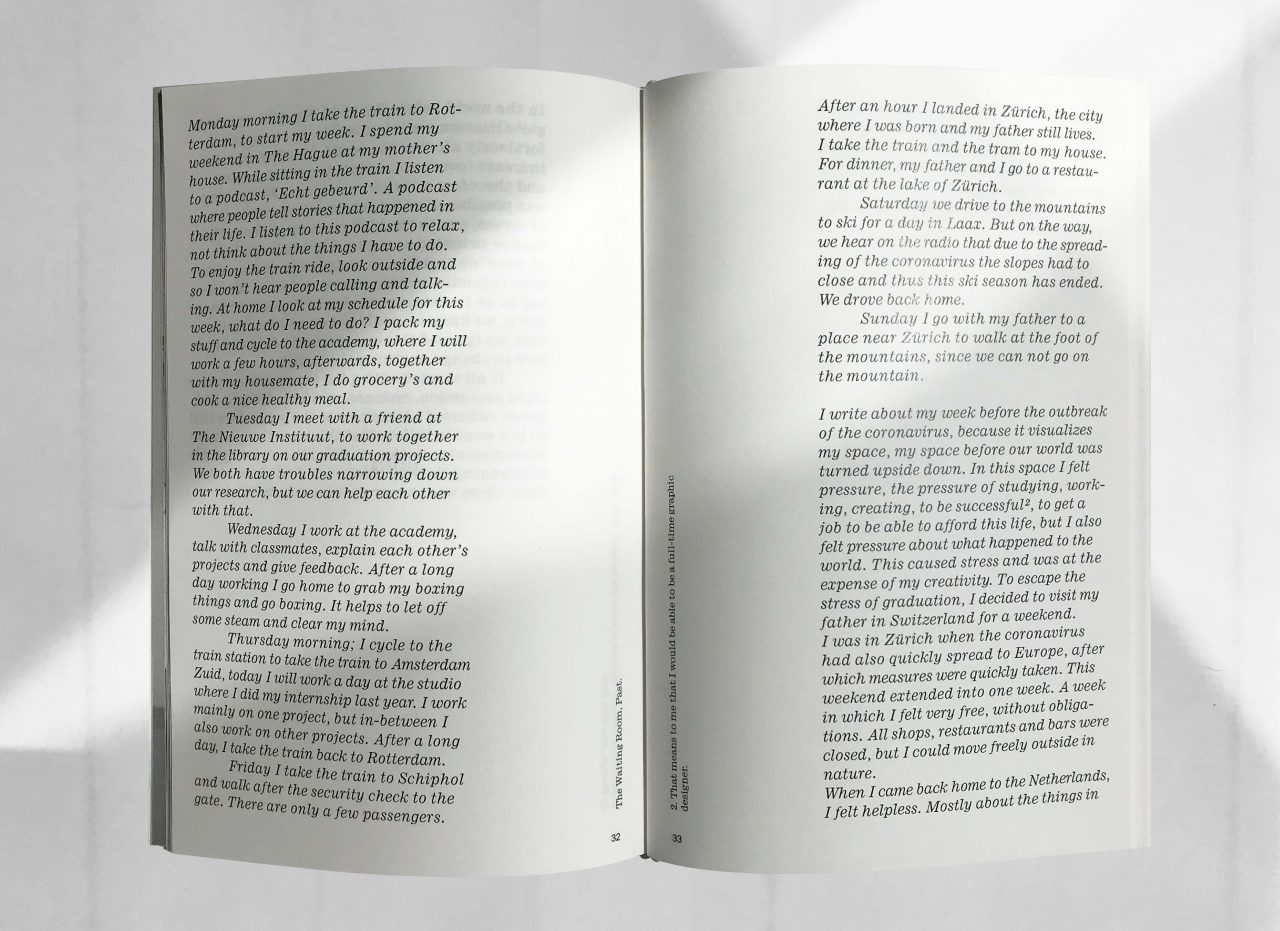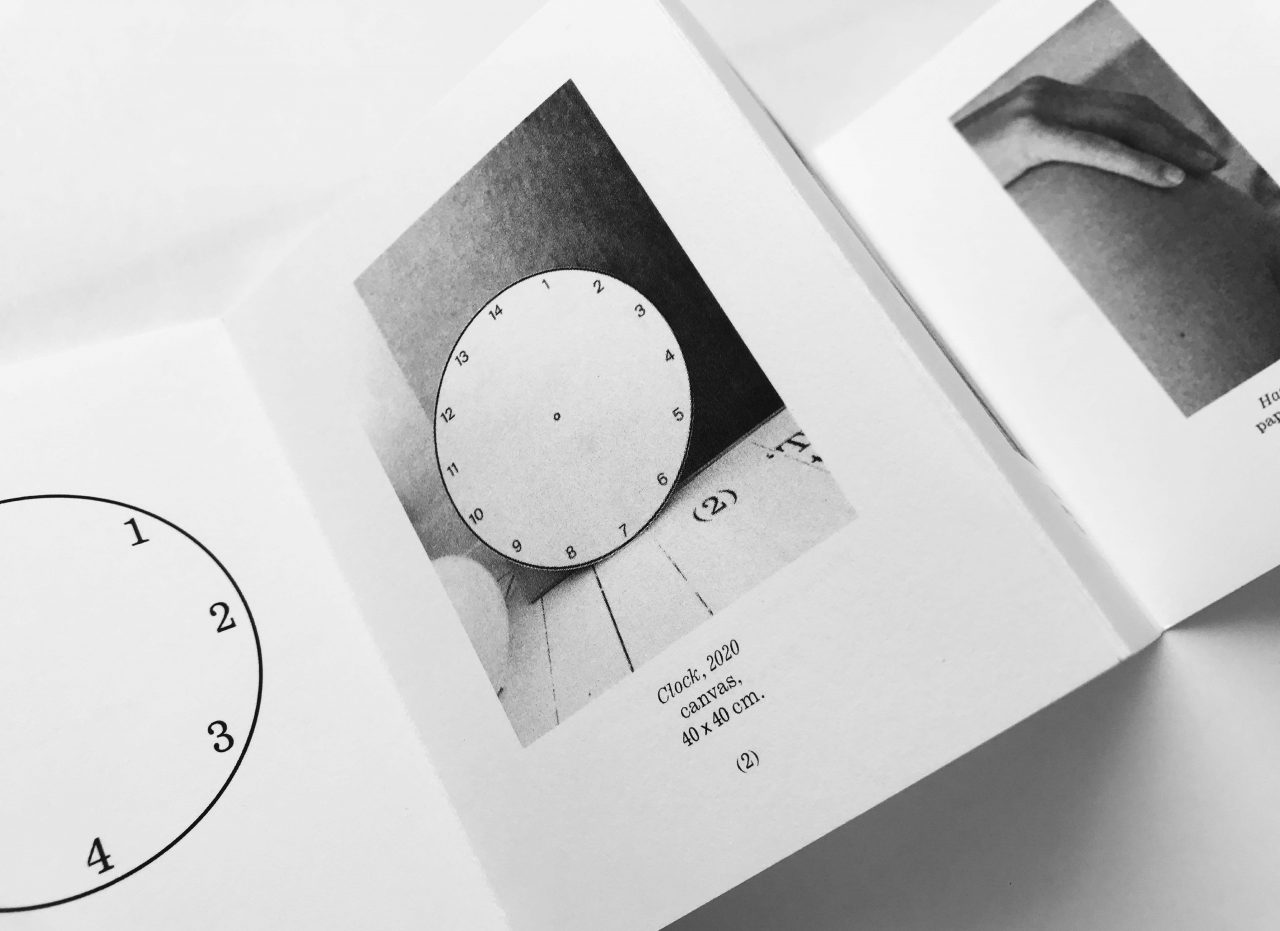The Waiting Room
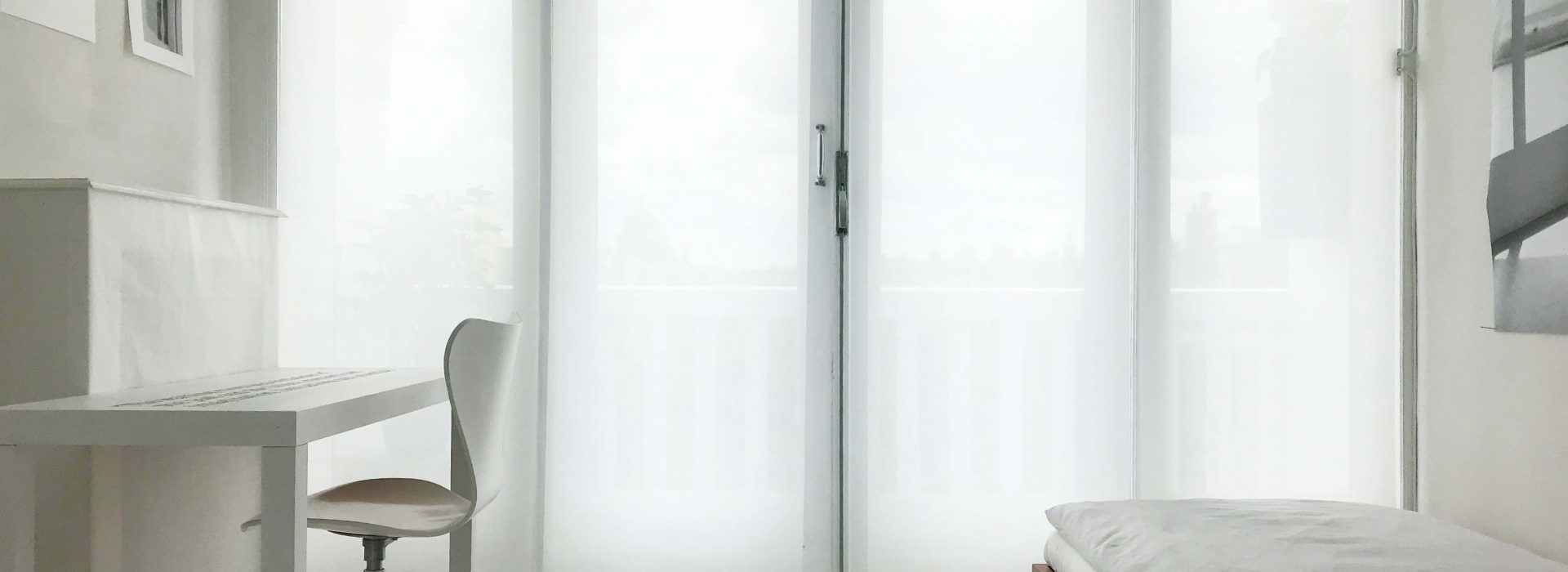
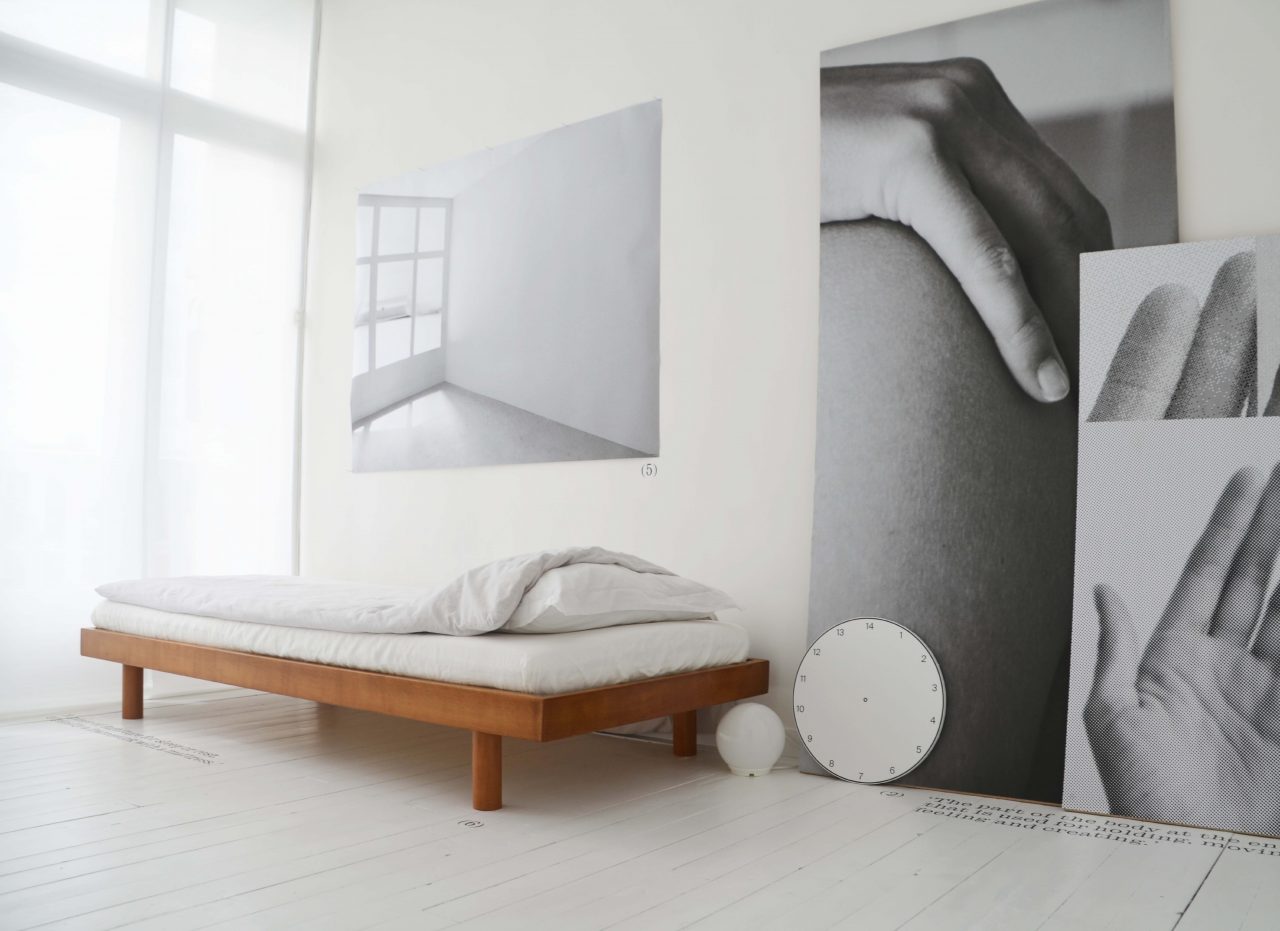
Project details
- Year
- 2020
- Programme
- graphic-design
- Practices
- Commercial
- Minor
- New Frontiers
What if the space in which you live is suddenly no longer accessible? Due to the measures taken as a consequence of the coronavirus pandemic, the scope of the space in which we find ourselves was limited overnight. Suddenly, this former space has become inaccessible to us, the same restrictions apply to everyone, and no one knows how long this situation will persist. This forced mobility brings us into an in-between space between the past and the future; the waiting room.
The space in which we live determines who we are and who we become. It forms, among other things, our identity. How does this state of mobility affect our identity? As a graphic designer, an answer to this question goes hand in hand with another question, namely: how can I make creative use of the space to which I am currently confined? The room in which I sleep, work and live, becomes a waiting room in which the process of looking at my (personal) and our (global) spaces in the past, present and future will be exhibited in an apartment exhibition.
The waiting room is a container of
the past and the future, memory
and imagination, limitations and potential. Creating this apartment exhibition is a manner of processing this period.

Liminal spaces are transitional or transformative spaces. They are the waiting areas between one point in time and space and the next. These spaces can be physical but also mental.
For some people, this space in which we are now can feel like a prison or elderly homes where no visitors are allowed. A stairwell or a stationary elevator, whereof you don’t know whether it will go up or down. A dressing room without a lock, but you do not know how to leave, or a Bordertown. These liminal, confined spaces can all be metaphorically used to explain the situation in which we are now.
For me, the waiting room is the best metaphor to illustrate the present space in which we are situated. In a waiting room, you are always in-between something. In-between your daily life and a doctors appointment, for example. Although you are familiar with the procedure along which the future will be carried out (the examination/diagnose) the outcome hereof is unknown to us. We are fully depending on the doctor’s interpretation and knowledge, leading to a vulnerable, in-between state.
Instead of recreating a waiting room with chairs, a salon table with magazines, plants and pictures of calming landscapes on the wall, I approach the waiting room as an apartment gallery. Referring to Soviet Russian underground apartment galleries; nonconformist exhibitions, lasting a day or sometimes just hours. These exhibitions were organized by artists and were attended by thousands of people; publicized by networks of friends. Subversion was subtle, and to the uninitiated eye, undetectable. These artists were not officially recognized as artists because they refused to maintain the government’s ideology in art.
We are now facing a similar situation, but rather than for political and ideological reasons, we can not organize such events due to health and safety reasons.
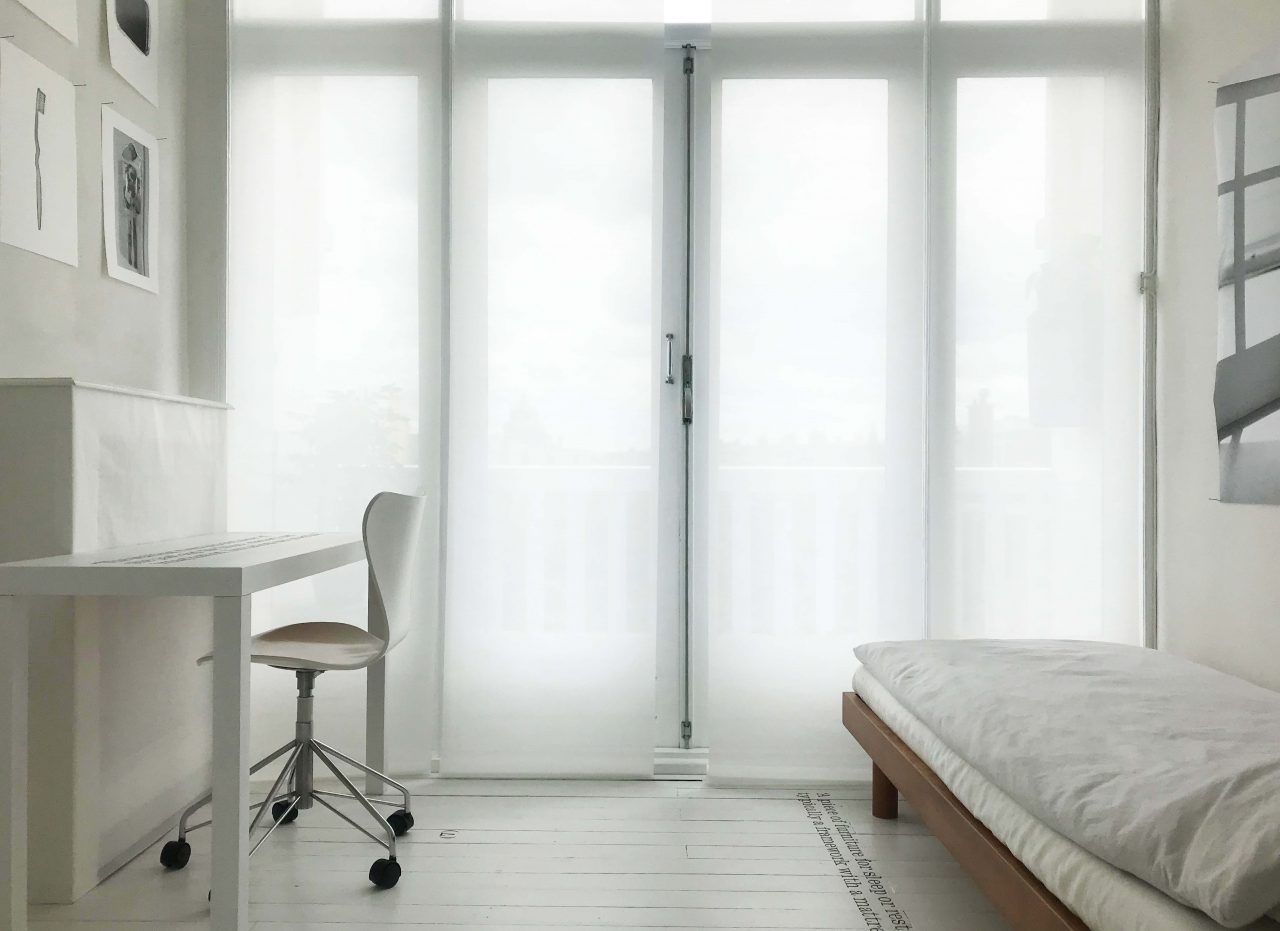
The online exhibition can be visited on desktop at thewaitingroom.nl
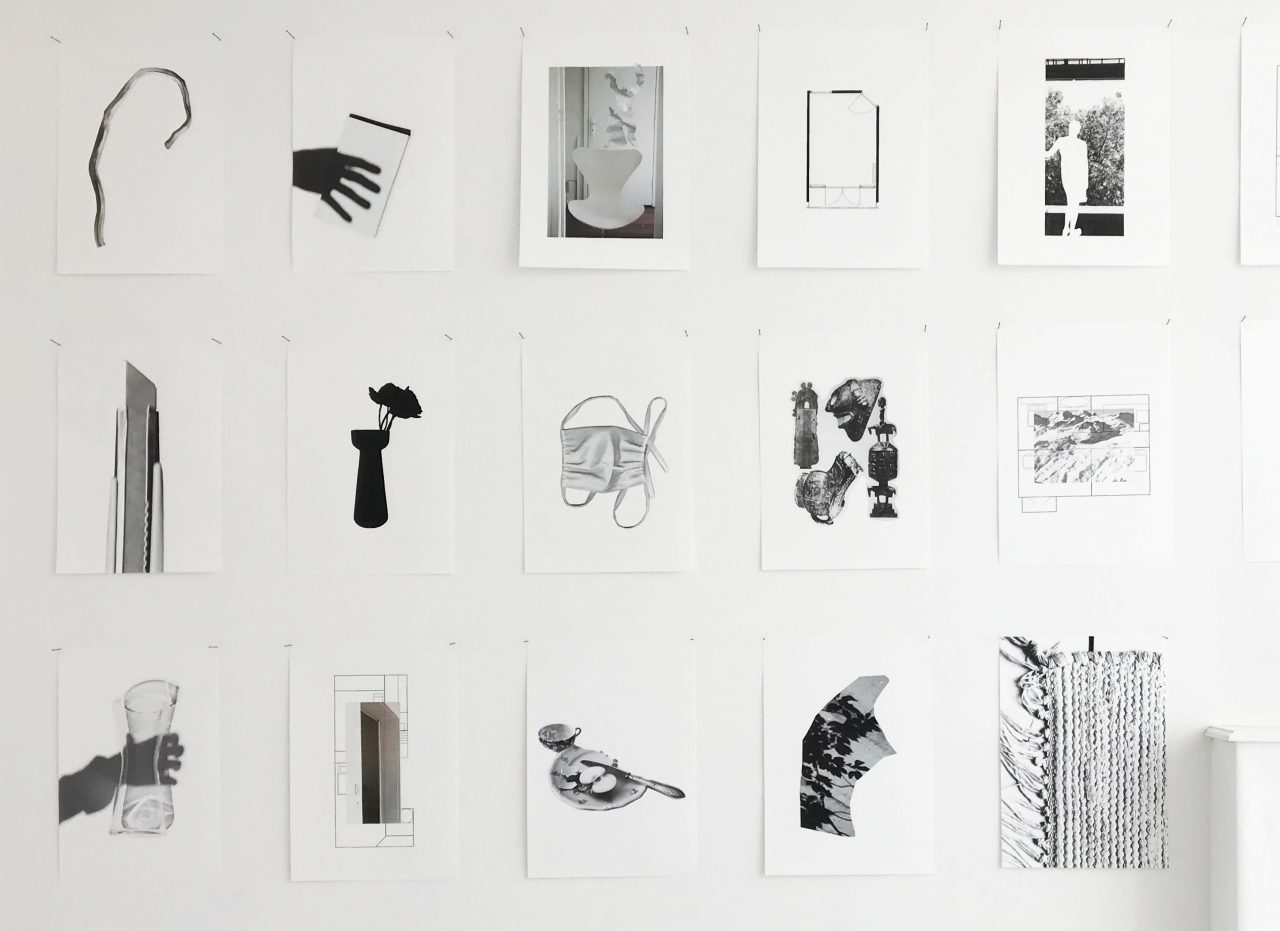
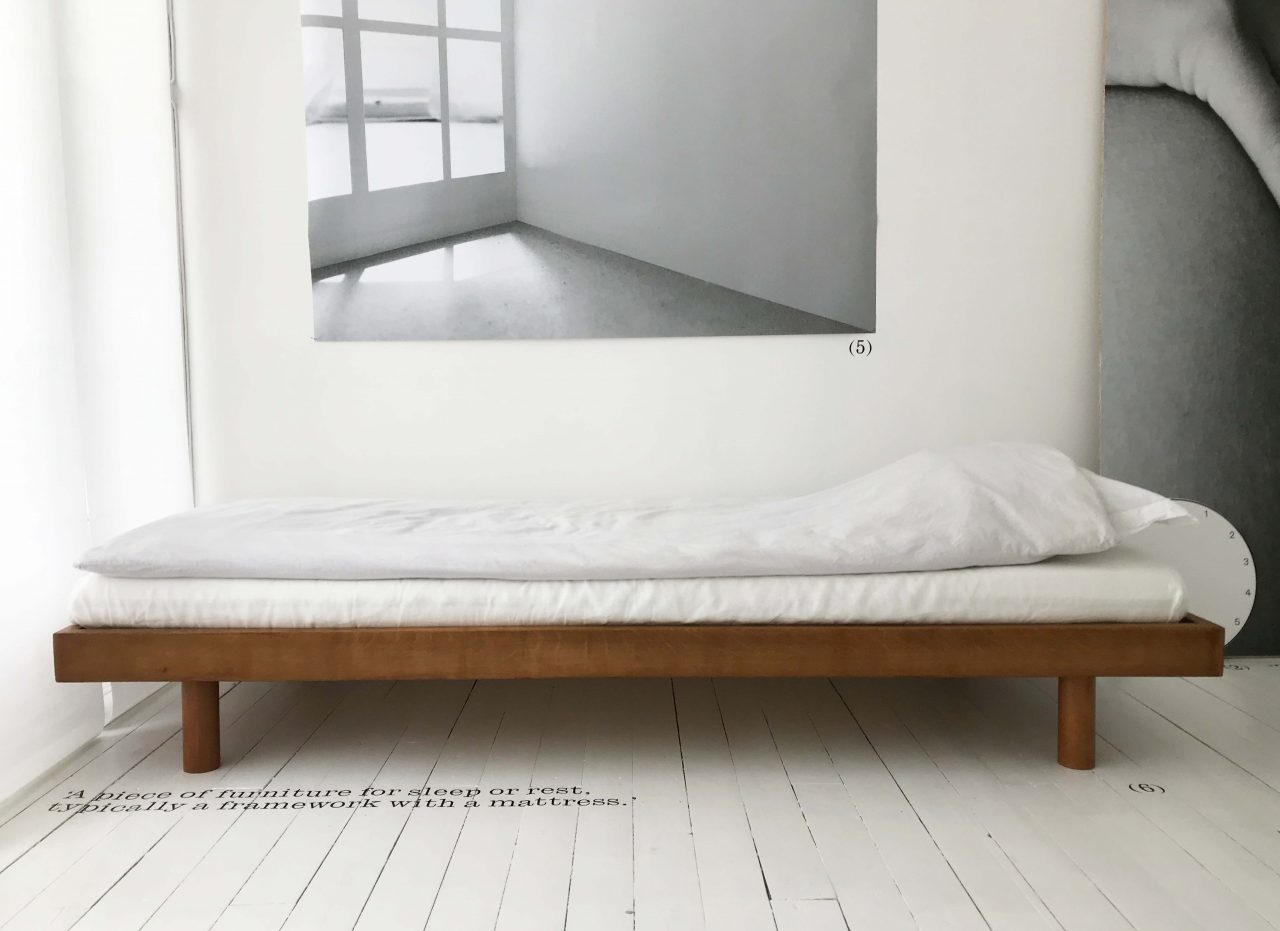
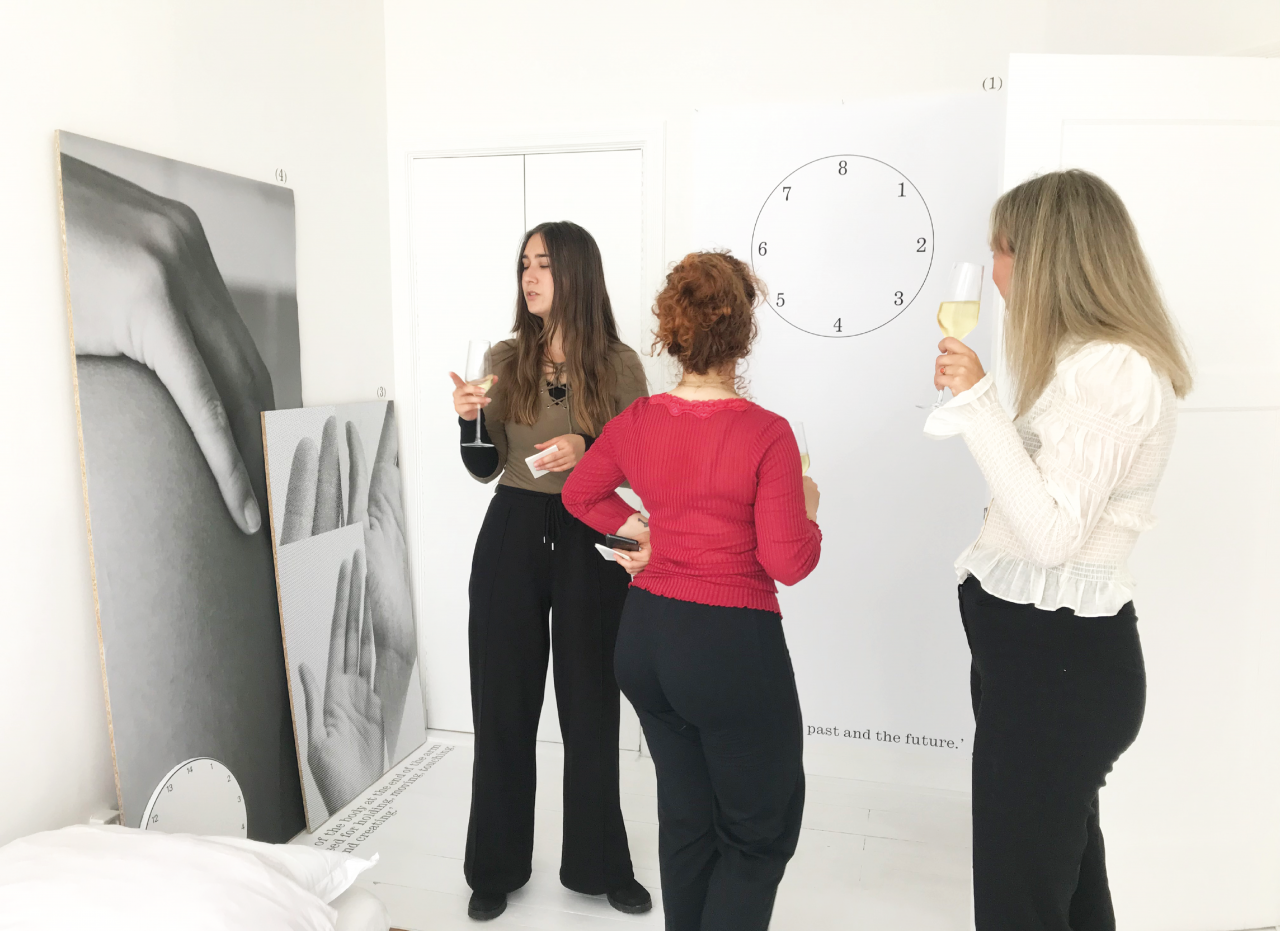
During a period like this one especially looks for the things that continue to spark our interest; an intrinsic motivation arises which is aimed at finding distraction in the things that interest you. Resilience, decisiveness, creativity and flexibility ensure that you can continue to nurture and develop your own identity in any situation. This forced intermezzo has given us time to think about our identity, as it has stimulated an awareness of the things that are significant for how we identify ourselves. During the process of my research, it became increasingly clear that forced mobility might strengthen our existing identity, rather than affecting it.
This pandemic inspired me to use the liminal space, my room, for my graduation project. Investigating this in-between space created peace, the fear of an uncertain future disappeared. By making the concept of the waiting room tangible, I did not only visualize the process of my research in an apartment exhibition but also aimed to set an example for the visitor by providing guidance in the process of dealing with sudden uncertainty.
In times like these creatives have an important exemplary function. As a graphic designer I feel an obligation regarding communication; to help others make sense of the situation, to explain what is going on and why we are feeling the way we are. Furthermore, in my role as a new frontier, I aim to incorporate the future in my work. Although we might not be able to control the future, we do have an important role in shaping it, and I feel the responsibility to convey that message. Despite all the negative consequences, the coronavirus has also given us a break. This pause has shown us the possibilities for a different (better) future. However, this task will not be easy and we will need to sacrifice much of our previous space to make room for change. Will we remember these lessons when the world emerges from quarantine?
Spaces might determine who we are, we determine who we (want to) become. Although our identity might be formed by the space in which we find ourselves, how we interpret this space depends on our identity. This dynamic can thus be interpreted as a process of mutual formation. The effect of forced mobility depends per person and context, but based on this research, I would argue that forced mobility reinforces our existing identity, rather than affecting it.
As the status quo is in flux and the future is yet to be determined, we all carry the responsibility to form it in an improving manner. Moreover, as the recurrence of a similar event is not unlikely, we must ensure that we enter this future not alone, but accompanied by the knowledge gained in the waiting room.
